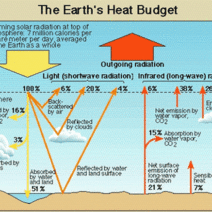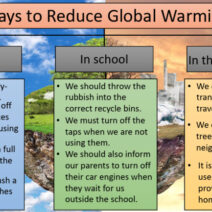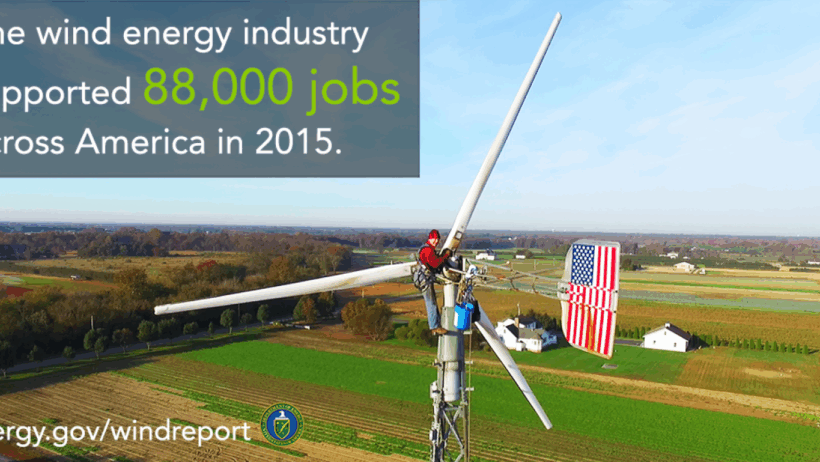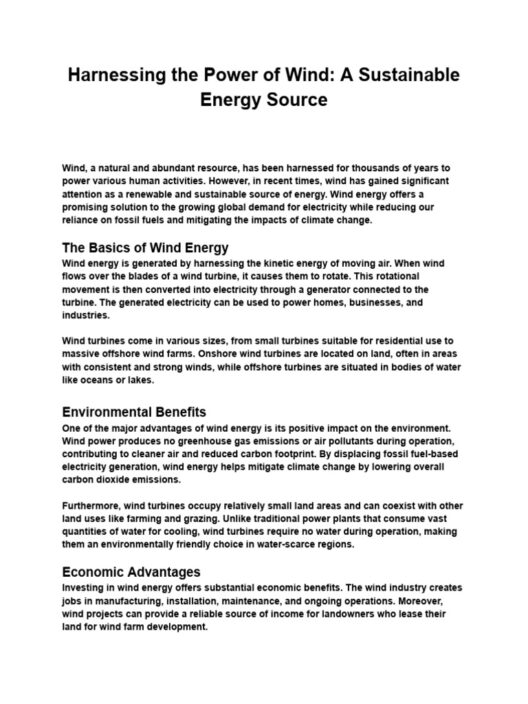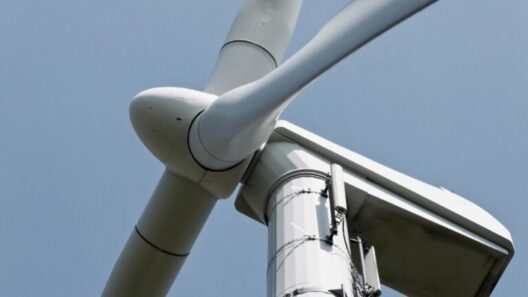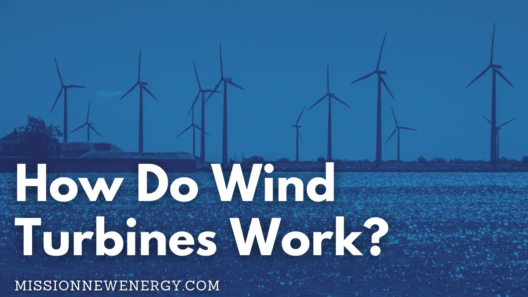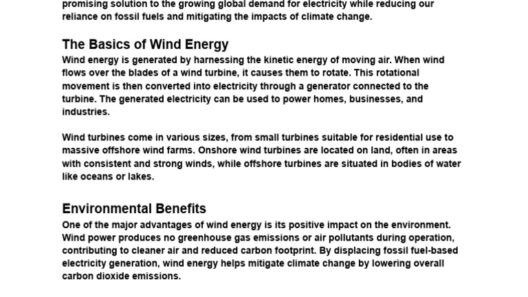As the demand for renewable energy sources continues to surge, wind energy has emerged as a formidable player within the landscape of clean power generation. With its vast potential for both reducing greenhouse gas emissions and creating jobs, the wind industry has played a pivotal role in shaping economies around the globe. This article delves into the burgeoning employment opportunities in the wind sector, examining the scales of job creation, the types of jobs available, and the industry’s trajectory toward sustainable growth.
Understanding Employment Growth in Wind Energy
The wind energy sector has experienced exponential growth over the past decade. The global commitment to transitioning away from fossil fuels has been central to this rise, spurring investments in renewable technologies. In recent years, various governmental policies, coupled with advancements in technology, have catalyzed the expansion of wind farms. The burgeoning industry is not merely a passing trend; it has offered substantial employment opportunities at various levels.
According to recent reports, tens of thousands of jobs have been created in the wind sector, and projections indicate that this trend is likely to continue. As the industry advances, innovation drives the creation of new roles that didn’t previously exist. This shift is integral for transitioning economies towards private investments in green technologies.
Types of Jobs Fueling the Wind Sector
As the wind industry evolves, it encompasses a wide array of job functions catering to various skill sets and educational backgrounds. Employment opportunities can broadly be categorized into three main sectors: manufacturing, installation, and maintenance. Each category offers diverse roles that contribute to the overall success of wind energy projects.
Manufacturing Jobs: The Backbone of Production
Manufacturing forms the cornerstone of the wind energy supply chain. Jobs in this sector range from engineers and assembly line workers to quality control specialists and logistics managers. Wind turbine components such as blades, nacelles, and towers are complex products that require significant craftsmanship. Therefore, manufacturers are seeking skilled individuals proficient in mechanical engineering, materials science, and production management.
With the push towards localized manufacturing activities, many countries are prioritizing domestic production of wind energy components. This not only drives down transportation costs but also increases job opportunities within local communities. Additionally, the trend of vertical integration—where companies manage multiple stages of production—has further amplified the demand for specialized workers.
Installation Jobs: Transforming Sites into Wind Farms
Once components are manufactured, the next key phase is the installation of wind turbines across various landscapes. This sector has witnessed enormous growth in job creation with the noteworthy demand for site managers, turbine technicians, and construction crews. Installation jobs are critical, as they encompass logistics, site preparation, and actual assembly.
One notable aspect of installation jobs is the role of skilled labor. Wind turbine technicians are particularly sought after due to their expertise in handling high-voltage electrical systems. Training programs specific to wind technologies are becoming more common, offering certifications that bolster the employability of the workforce. Furthermore, safety certifications are essential, as installation jobs often come with hazards that require rigorous adherence to safety protocols.
Maintenance Jobs: Keeping the Turbines Turning
The longevity and efficiency of wind turbines hinge significantly on maintenance practices. Once installed, turbines require regular inspection, repair, and servicing to ensure optimal performance. Maintenance roles include wind farm technicians, logistics coordinators, and even drone operators for inspection tasks.
Technicians must be equipped with a wide-ranging skill set as they troubleshoot mechanical and electrical issues, which frequently emerge in the complex systems that comprise wind turbines. Moreover, as technology continues to evolve, the demand for technicians who can manage smart technology and data analytics will likely increase. The integration of technology for predictive maintenance, efficiency monitoring, and performance analysis signifies a transition towards a more technologically adept workforce.
The Future of Employment in Wind Energy
While the present landscape of the wind industry is promising, the future holds further potential for job creation. As countries ramp up their commitments to clean energy transitions, wind energy is poised to become a cornerstone of energy policy. Industry experts anticipate a significant increase in job opportunities as more projects come online and new technologies are developed. The International Renewable Energy Agency (IRENA) has projected that the wind industry could create millions of jobs worldwide by 2030.
Moreover, the growth of offshore wind farms represents an untapped reservoir of job possibilities. As technology continues to advance, the ability to harness wind resources in deeper waters suggests that the future will hold even more expansive employment avenues. This sector’s growth is not only pertinent to job creation but also enhances local economies through investments and community initiatives.
Conclusion: Embracing the Winds of Change
Wind energy is no longer just an innovative alternative to fossil fuels; it is an evolving industry that promises sustainable economic growth through job creation. As the world leans increasingly toward renewable energy sources, the wind sector stands out as a beacon of opportunity. The diverse range of employment options—from manufacturing and installation to maintenance—highlights the multifaceted nature of this industry, making it an attractive field for current and future job seekers.
As we sail into this new era of energy production, it is vital for governments, educational institutions, and industries to collaborate in fostering a workforce that is adept and ready to meet the challenges of this transforming sector. The winds of change are upon us, and with them come vast possibilities for sustainable economic development and environmental stewardship.
